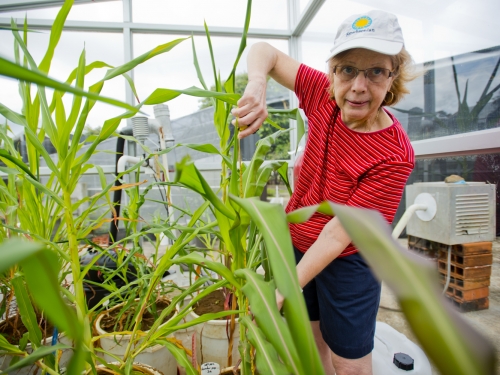An interior view of the Amazon Basin forests where scientists sampled soil cores for their study, with each site located at least a half-mile (about 1 kilometer) away from river courses and floodplains—regions known to scientists as interfluvial forests. The researchers also conducted surveys of the modern forests found around each core. These forest inventories evinced the dizzying diversity of the region, yielding 550 tree species and 1,300 other species of plants. Interfluvial forest comprises more than 90% of the Amazon’s land area and is therefore crucial to determining the extent of Indigenous influence on the landscape.
Smithsonian scientists and their collaborators have found new evidence that prehistoric Indigenous peoples did not significantly alter large swaths of forest ecosystems in the western Amazon, effectively preserving large areas of rainforests to be unmodified or used in sustainable ways that did not reshape their composition. The new findings are the latest in a long scientific debate about how people in the Amazon have historically shaped the rich biodiversity of the region and global climate systems, presenting new implications for how the Amazon’s biodiversity and ecosystems can be best conserved and preserved today.
The new study led by Smithsonian researchers, published June 7 in the journal Proceedings of the National Academy of Sciences, suggests that for at least the past 5,000 years, large areas of the rainforest in western Amazonia located away from the fertile soils near rivers were not periodically cleared with fire or subject to intensive land use by the Indigenous population before the arrival of Europeans.




